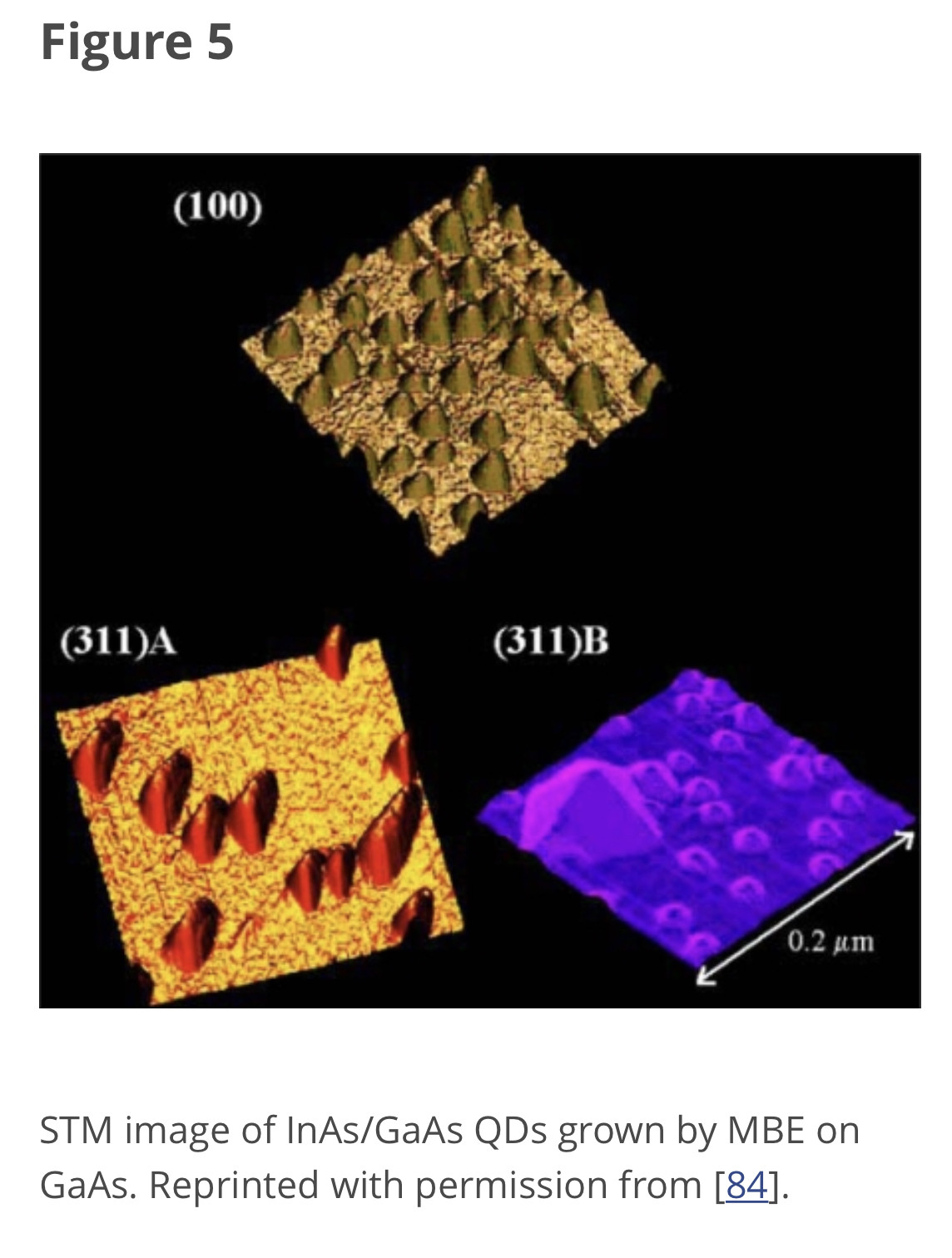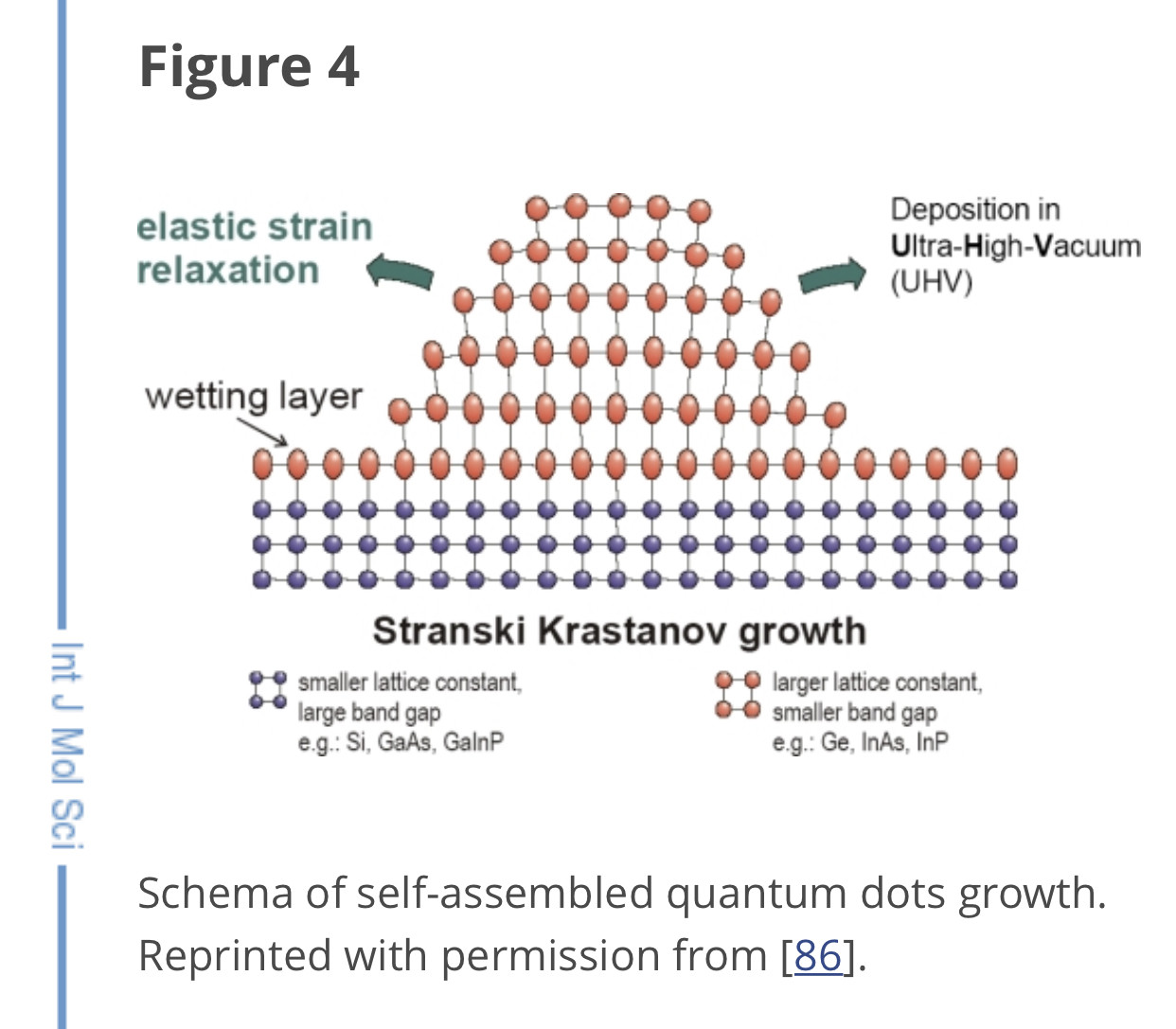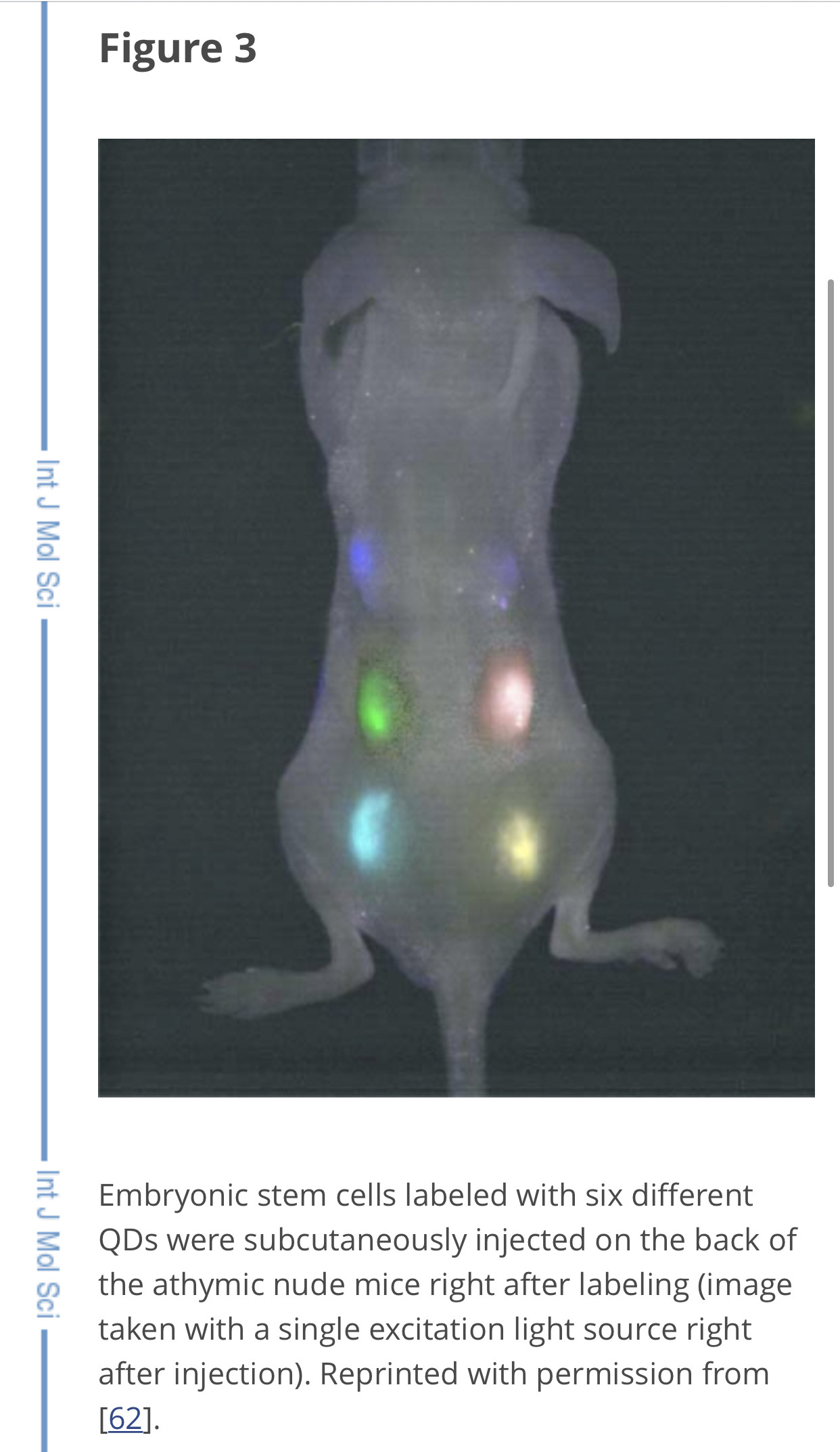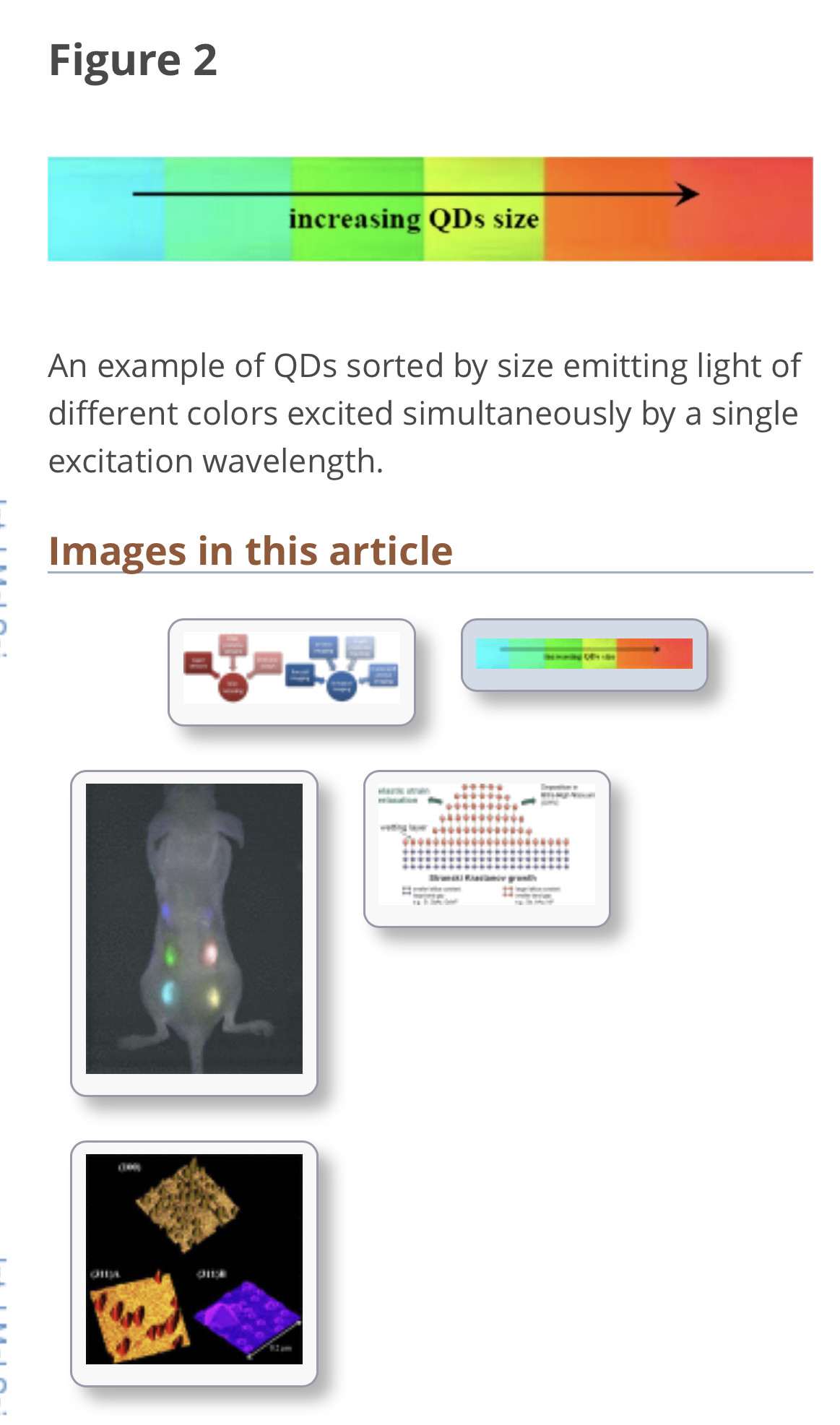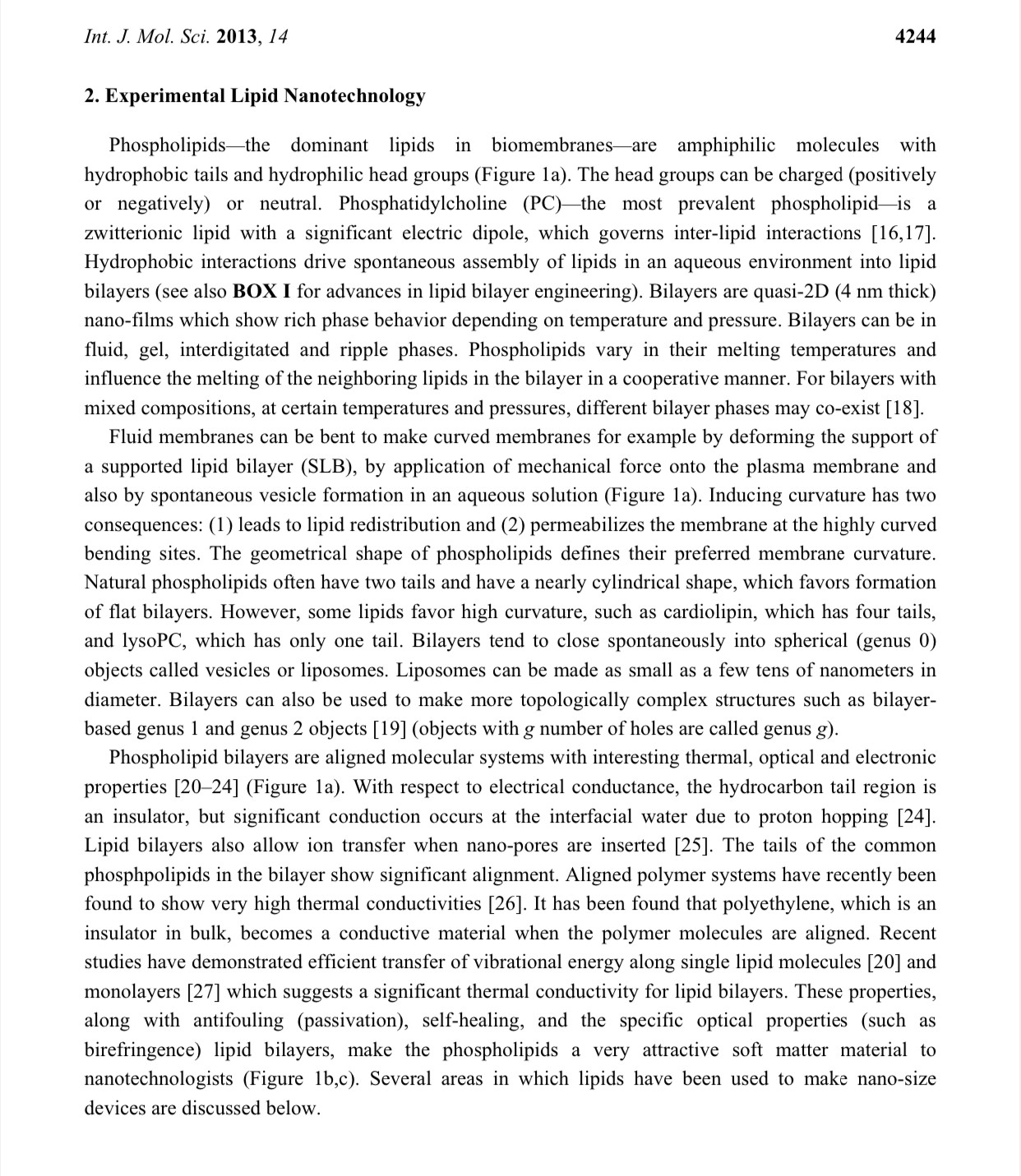Epitaxial method of QDs preparation is widely used in optoelectronics (lasers, infrared photodetectors) and nanotechnologies. However, in the near future, it could be very interesting and promising to use epitaxially grown QDs in in situ biosensing, mainly due to the simplicity of detection, for example, as a sensor array for mass screening. Thanks to this sensor arrangement, where each sensor can be created from QDs emitting light at different wavelengths, it could be possible to easily detect many different biomolecules at the same time. Epitaxial methods can be classified according to phase origin into vapor phase epitaxy (VPE) or liquid phase epitaxy (LPE).
Although LPE is still important, this technique was used mostly in past century to prepare micrometric structures. VPE can be further categorized according to reaction type into chemical (CVD) or physical vapor deposition (PVD). Chemical deposition is interesting in view of its price, however the most important and most widely used technique in industry is VPE from metalorganic medium (MOVPE). Molecular beam epitaxy (MBE) is other peculiar PVD technique and can be also classified into solid source MBE or gas source MBE (hydride or metalorganic). Perhaps less well-known approach for the growth of nanostructures using MBE system is “droplet epitaxy” [87]. Here liquid metal droplets are first formed as an intermediate growth step before being converted into semiconductor nanostructures.

